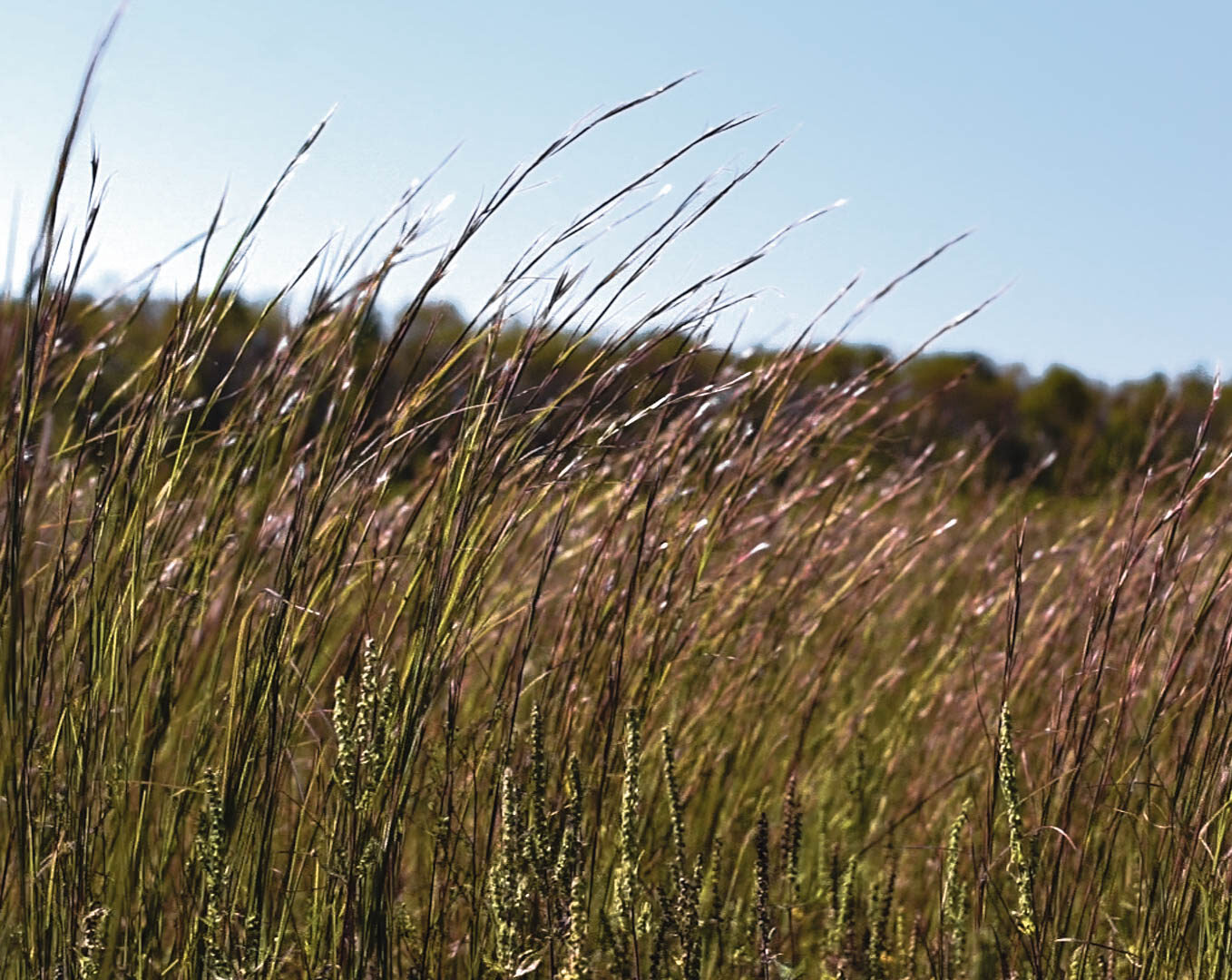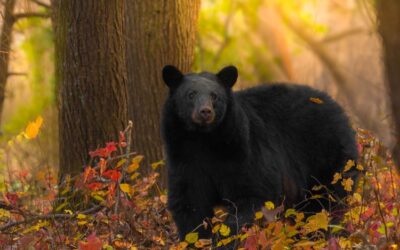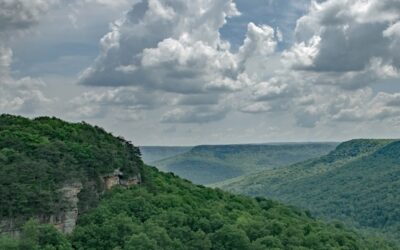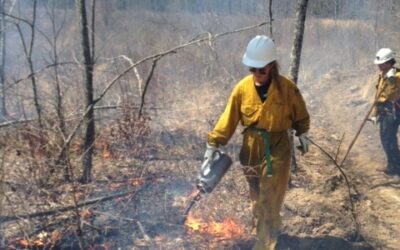Restoring Grasslands
Why Grasslands?
of Tennessee’s native grasslands are gone.
Carbon
Mature grasslands efficiently store carbon, mostly underground in their extensive root systems.
rare bird species in the southeast require grasslands. Dwindling grasslands is a major factor in the decline of these species.

Native grasslands are essential ecosystems in every region of tennessee.
Grasslands are one of the fastest disappearing ecosystems in the world—and the most impacted habitat type in Tennessee. Grasslands are more than barren fields of just grass. Tennessee has several different types of grasslands, many of which include trees, shrubs, and other woody plants. In fact, the Southeast contains more types of grasslands than the Great Plains and Midwestern prairies combined.
Grassland habitats offer many ecological benefits. Native grasses have strong, intertwining root systems that help hold soil together and reduce erosion. Mature native grasslands are also great at storing carbon in their roots and the soil for decades. The key component to all of these benefits is habitats filled with grasses native to the region and properly managing those habitats. Without regular management, critical grassland habitats—and the wildlife that rely on them—quickly disappear.
What we do for grasslands
Native
such as switchgrass, milkweed, and big bluestem provide excellent cover for wildlife.
acres of grasslands restored or conserved.
Prescribed
is critical to maintaining quality native grasslands and helps control competition from woody plants.
Are you a landowner?
Interested in learning if your land is a fit for habitat restoration?
Give
Your generosity helps manage wildlife populations and restore habitats for a more vibrant Tennessee.
More Habitat Restoration
Stop Selling and Transferring Public Lands
Our public lands are part of the American identity. They sustain fish and wildlife, and provide outdoor recreation and clean air and water. In Tennessee, public lands generate $30 billion in...
Federation to Restore 5,400 Acres of Cumberland Plateau Habitat
Tennessee Wildlife Federation’s Habitat Restoration and Conservation program—in partnership with the Forest Stewards Guild—is working to restore thousands of acres of the Cumberland Plateau habitat....
Grant to Restore 5,400 Acres of Cumberland Plateau Habitat
Tennessee Wildlife Federation's Habitat Conservation Program uses prescribed burns to restore forest health and native wildlife habitat. Collaborating to Protect and Restore Native Forests Through a...



